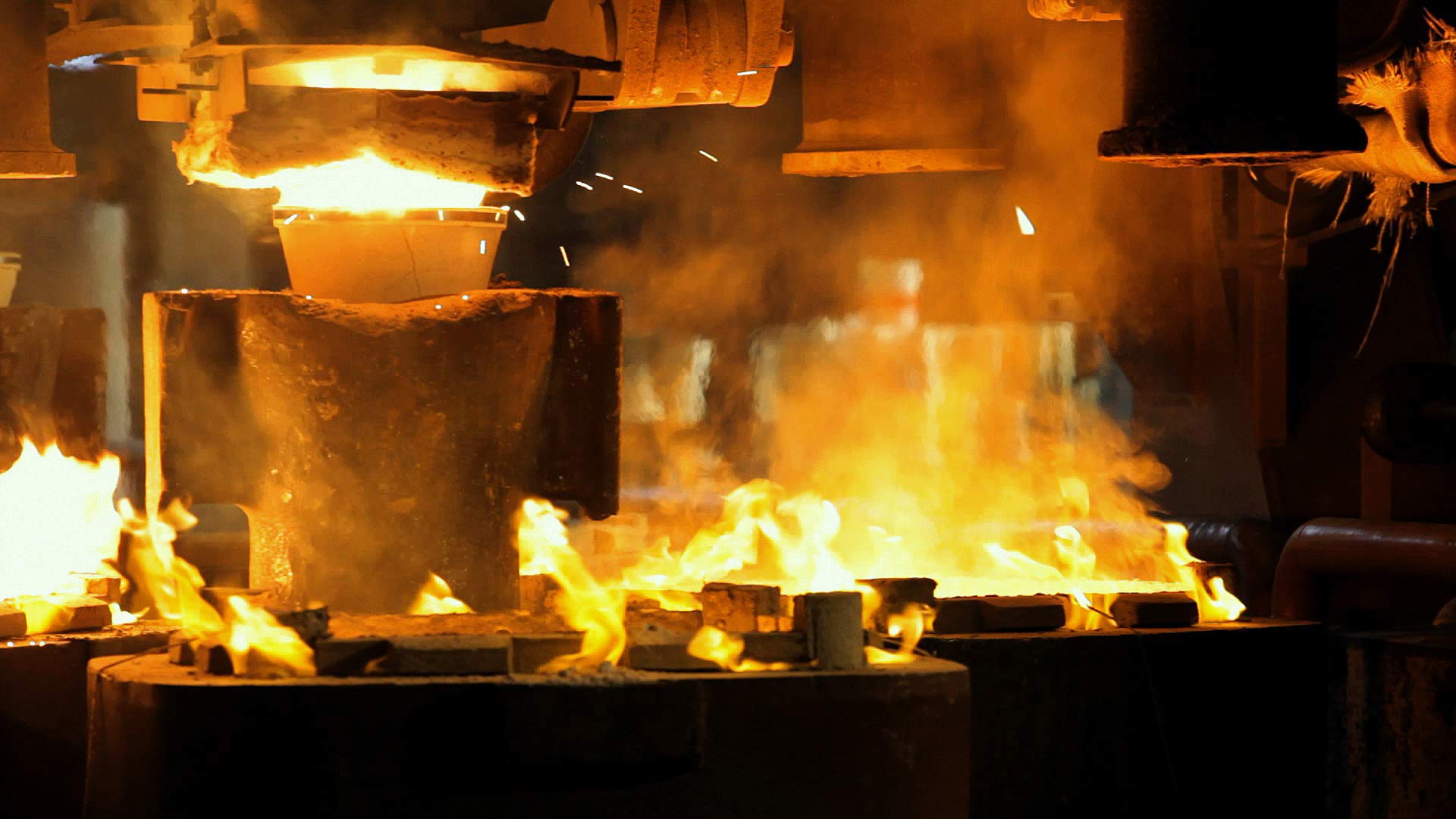Choose the measure unit in which display the data:
Valbruna Grade
X17T
Steel type
Ferritic Stainless Steel
Description of material
X17T is a ferritic stainless steel stabilized with Titanium and has a combination of good weldability, cold formability and corrosion resistance.
Applications
X17T find applications in electromagnetic devices, electromagnetic switches and relays, sensors when free machining ferritic grades cannot be used. X17T is also used in some automotive applications such as exhaust systems environments but, as with most ferritic stainless steel grades, suffers with sub-zero embrittlement in cryogenic applications.
Corrosion resistance
X17T has a good resistance to mildly corrosive environments such as fresh water, crude oil, gasoline, alcohol, some beverages and atmospheres. In addition, it offers an excellent resistance to chloride stress corrosion cracking, and to intergranular corrosion resistance thanks to Titanium stabilization. It also has good continuous and intermittent hot oxidation resistance. It’s useful to remember that X17T, as with all the ferritic grades, offers a better stress corrosion cracking resistance than Austenitic grades. It should be noted that this grade, as for every kind of stainless steel, surfaces should be free of contaminant and scale, heat tint, and passivated for optimum resistance to corrosion.
Cold working
This grade is suitable for cold heading, up-setting, bending, cold drawing and general cold forming.
Machinability
X17T has a machinability typical of all Ferritic machined grades not micro–resulphured. Productivity gain depends on the type of machines, the kind of tools used and their geometry, cutting fluids and the kind of machine operations on the pieces produced. Its structure influences the surface finish (roughness) and the chip morphology. Within certain limits, a little bit harder structure typical of annealing + cold finishing (such as cold drawing) offers advantages in some machine operations and better surface roughness.
Weldability
It should be noted that this grade, as for every kind of ferritic structures, produces large grain structures in FZ and HAZ caused by high temperatures of welding with some risk of embrittlement at room or lower temperatures. Austenitic fillers, in order to increase the ductility of the weld, do not solve the problems in HAZ unless a PWHT is applied. A PWHT restores the ductility and diffuses back the Chromium into the depleted zones close to grain boundaries, restoring its corrosion resistance increasing and enhancing the typical resistance widely warranted by Titanium stabilization. Autogenous high energy welding shouldn’t form any martensitic structure in the fused zone thanks to its low content of Carbon, and Nitrogen content. PWHT could also be avoided in many cases. To avoid a ductility decrease in the weld (FZ), shielding gases such as Hydrogen and Nitrogen must not be used. Argon and Helium are the preferred choices. In any case, all welding procedures should apply and maintain low heat input processes.
Hot working
X17T has a very good hot plasticity thanks to a wide range of possible forging temperatures. Avoid overheating and long soaking since this could cause grain growth. The last final steps of forging must be carried out at lower temperature range with a suitable reduction in order to obtain a structure with fine and uniform grains. Large blooms and ingots may require a suitable preheating to avoid cracks and an air cooling after forging. Overheating must always be avoided in order to reduce the risk of internal bursts and a structure with large coarse grains. An annealing after forging should be always be performed in order to restore both corrosion resistance and enhance the ductility.
Designations
| AISI | 430Ti |
|---|---|
| W.N. | 1.4510 |
| UNS | S43036 |
| EN | X3CrTi17 |

